Bridging precision engineering and precision medicine to create personalized physiology avatars. Pursuing on-demand tissue and organ engineering for human health. Revolutionizing neuroscience by using AI to engineer advanced brain interface systems. Engineering the immune system for health and wellness. Designing and engineering genomes for organism repurposing and genomic perturbations.
Tag: Tissue Engineering
We’re closer to engineering blood vessels
University of Melbourne researchers have developed a fast, inexpensive and scalable method for engineering blood vessels from natural tissue.
Combining bioprinting techniques to pursue functional blood vessels
In this project volumetric bioprinting was for the first time successfully combined with melt electrowriting.

Discovery of Skin Cell Function Could Open Doors to Improved Burn Healing
Tissue engineering research has shown that a skin cell type could be a new therapeutic target to accelerate the healing of burns and possibly other wounds.
WFIRM bioprinting research makes history when it soars to the ISS
The Wake Forest Institute for Regenerative Medicine (WFIRM) will make history this month when the first bioprinted solid tissue constructs soar to the International Space Station (ISS) on board the next all private astronaut mission by commercial space leader Axiom Space.
Scientists have enhanced polymeric material for tissue repair
In the new study the authors have examined how conditions under which an amino group attaches to the polymer (temperature and the amount of arginine) affect the resulting qualities of the polycaprolactone film
MIMEDX Joins the RegenMed Hub
MIMEDX is the latest addition to the RegeneratOR Innovation Accelerator, located in the Regenerative Medicine Hub (RegenMed Hub), a rapidly growing regenerative medicine ecosystem based in the Innovation Quarter of Winston-Salem.
Expert Alert: Options for laryngeal regeneration
Mayo Clinic is using 3D printing as a new option to heal the larynx after cancer or traumatic injury.
A Titanic Medical Discovery
Scientists from the Tokyo Medical and Dental University (TMDU) used photoelectrochemical measurement and X-ray photoelectron spectroscopy to clarify the source of titanium’s biocompatibility when implanted into the body, as with hip replacements and dental implants.
A Cure for Diabetes?
Technion researchers are working on a novel treatment approach for treating type 2 diabetes using an autograft of muscle cells engineered to take in sugar at increased rates. Mice treated in this manner displayed normal blood sugar levels for months after a single procedure.
UD’s Xinqiao Jia secures $4.85 million to advance vocal fold, salivary gland research
University of Delaware materials scientist Xinqiao Jia has received a combined $4.85 million in funding from the National Institutes of Health (NIH) for research to develop new approaches in tissue engineering. Jia and colleagues will explore ways to regenerate salivary glands damaged by radiation therapy for head and neck cancers. She also will focus on understanding what causes damage or scarring to vocal folds, the pliable tissue that enables our ability to talk.
National Survey IDs Gaps and Opportunities for Regenerative Medicine Workforce
RegenMed Development Organization (ReMDO) releases the results of a national survey of regenerative medicine biomanufacturing knowledge, skills, and abilities needed for successful employment in the regenerative medicine field.
RegeneratOR Test Bed to Launch Start Ups, Advance Regenerative Medicine Ecosystem
The RegenMed Development Organization (ReMDO), a non-profit foundation headquartered in Winston-Salem, NC, and dedicated to advancing the regenerative medicine field nationwide, and the Wake Forest Institute for Regenerative Medicine (WFIRM), the largest regenerative medicine institute in the world, announce the launch of the RegeneratOR Test Bed.
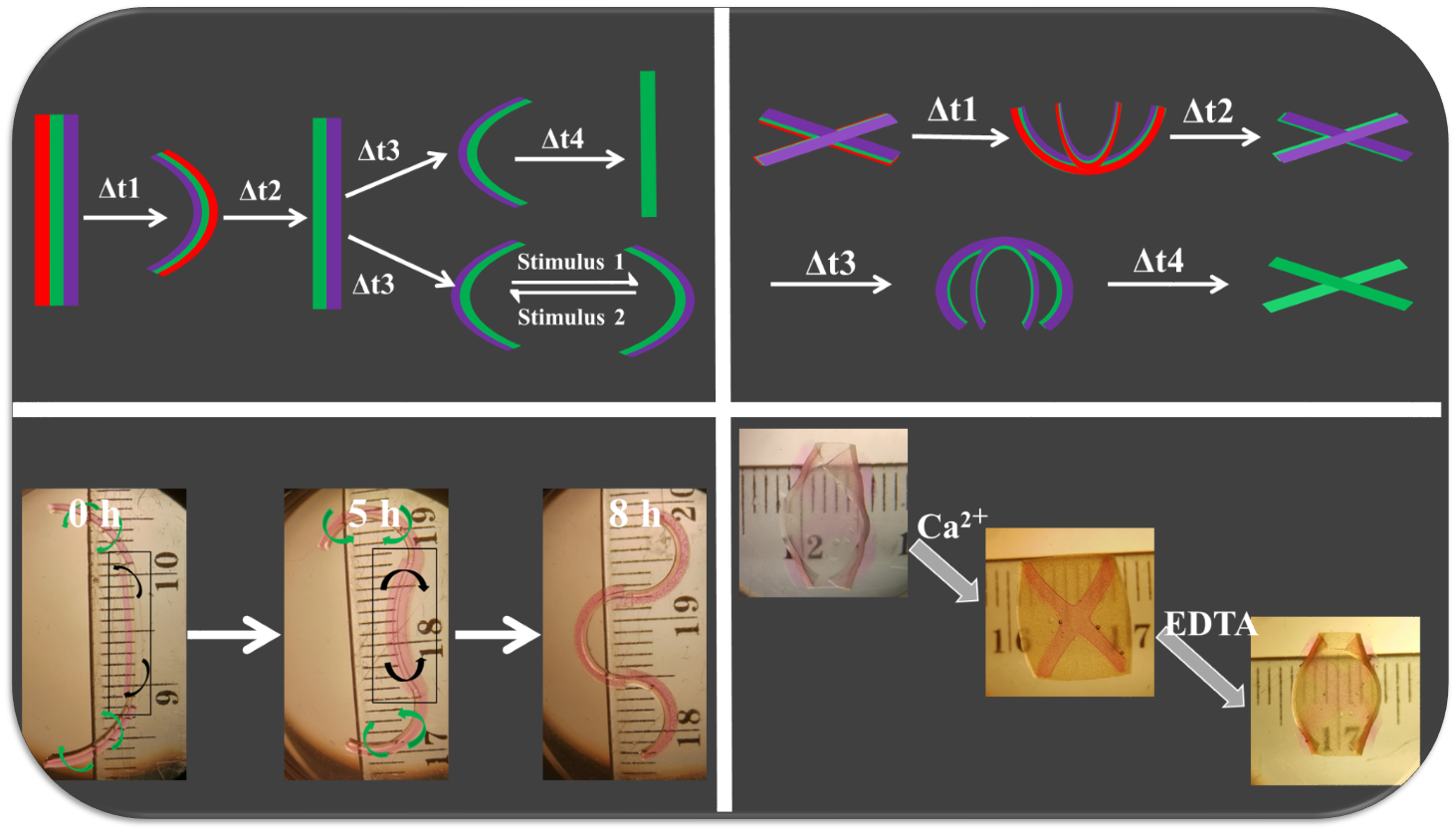
4D bioengineering materials bend, curve like natural tissue
Researchers have developed new 4D hydrogels — 3D materials that have the ability to change shape over time in response to stimuli — that can morph multiple times in a preprogrammed or on-demand manner in response to external trigger signals.

David Kaplan Elected to National Academy of Engineering
David Kaplan, the Stern Family Professor of Engineering at Tufts University School of Engineering, has been elected to the National Academy of Engineering in recognition of his contributions to silk-based materials for tissue engineering and regenerative medicine.
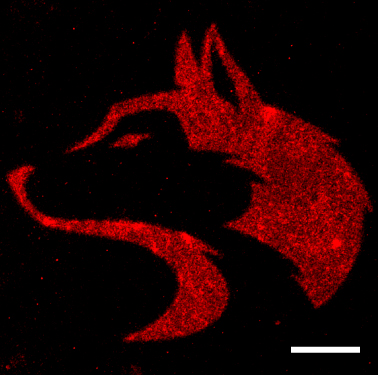
Researchers use lasers and molecular tethers to create perfectly patterned platforms for tissue engineering
University of Washington researchers developed a technique to modify naturally occurring biological polymers with protein-based biochemical messages to affect cell behavior. Their approach uses near-infrared lasers to trigger chemical adhesion of proteins to scaffolds made from biological polymers like collagen.
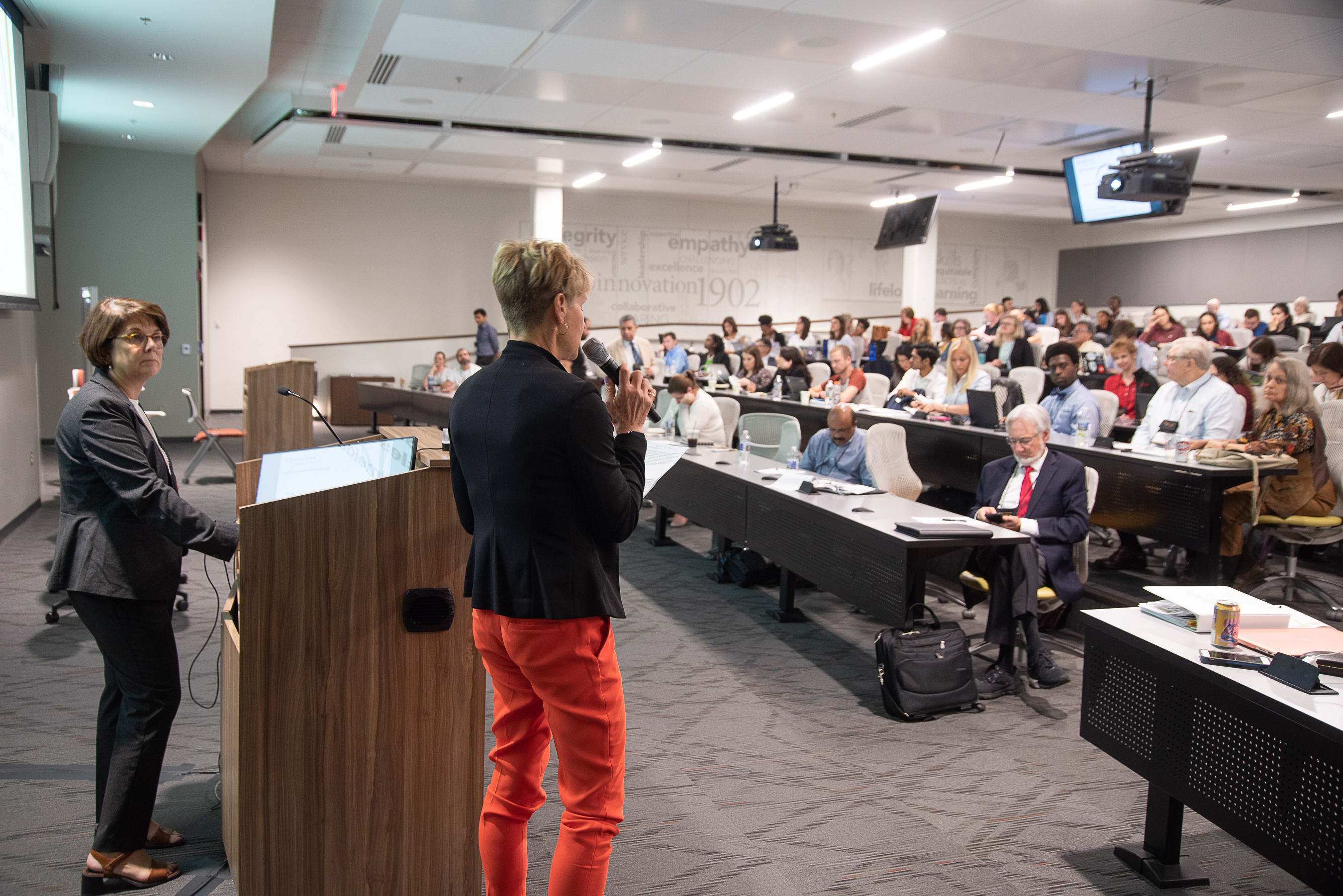
Leaders in stem cell science, regenerative medicine combine efforts in 2021
Leaders in stem cell science and regenerative medicine will combine two separate courses into one in June 2021.
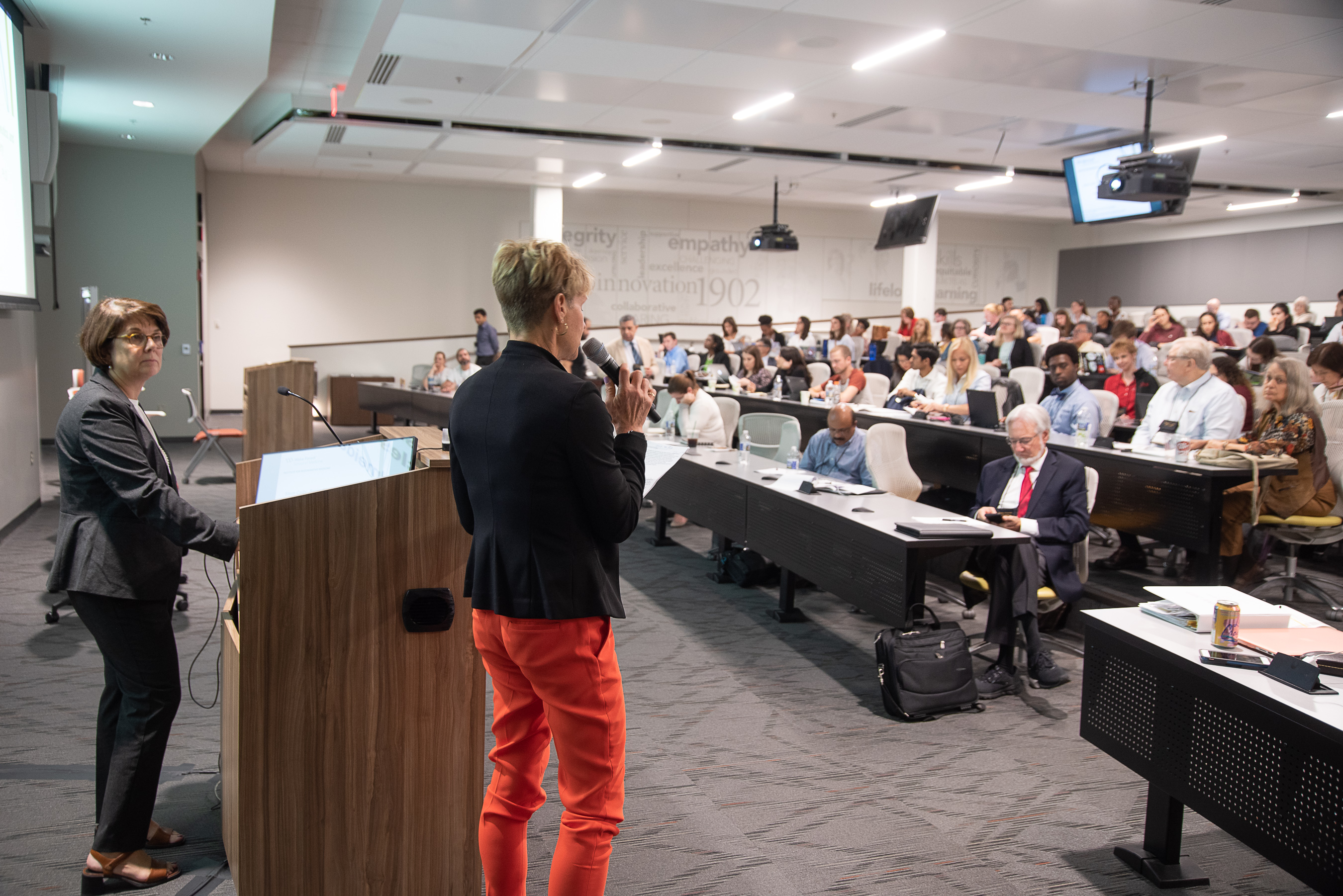
Advances in Stem Cell Science and Regenerative Medicine Highlighted in New Regenerative Medicine Essentials Course Co-Located with 2021 World Stem Cell Summit
Leaders in stem cell science and regenerative medicine will combine two separate courses into one in June 2021.
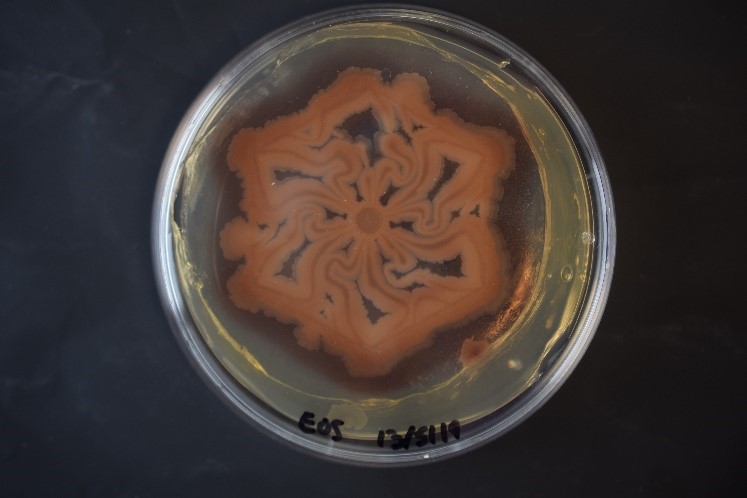
New technique for engineering living materials and patterns
Engineered living materials (ELMs) is a new class of materials that exploit the properties of living organisms
Breakthrough in Slaughter-Free Steak Production
Israeli researchers have achieved a breakthrough in the production of cultivated meat grown outside an animal’s body. The researchers from the Technion and Aleph Farms found that it is possible to use readily available and economically efficient soy protein as scaffolding for growing bovine tissue.
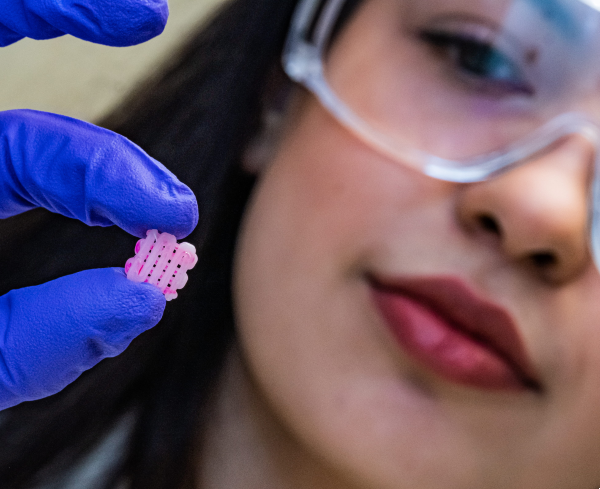
Leveraging layers for enhanced tissue repair
Bioengineers have created a 3D-printed scaffold designed to regenerate complex tissues composed of multiple layers of cells with different biological and mechanical properties.
Little Tissue, Big Mission: Beating Heart Tissues to Ride Aboard The ISS
Launching no earlier than March 6 at 11:50 PM EST, the Johns Hopkins University will send heart muscle tissues, contained in a specially-designed tissue chip the size of a small cellphone, up to the microgravity environment of the International Space Station (ISS) for one month of observation.